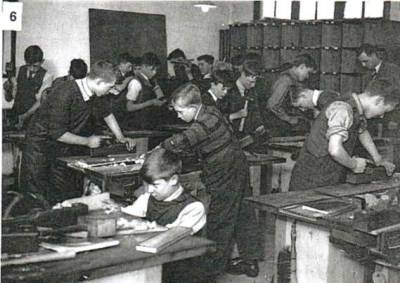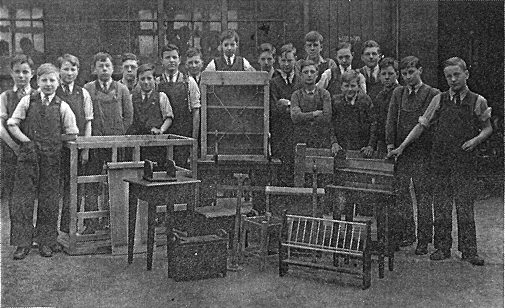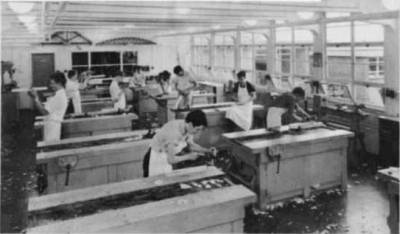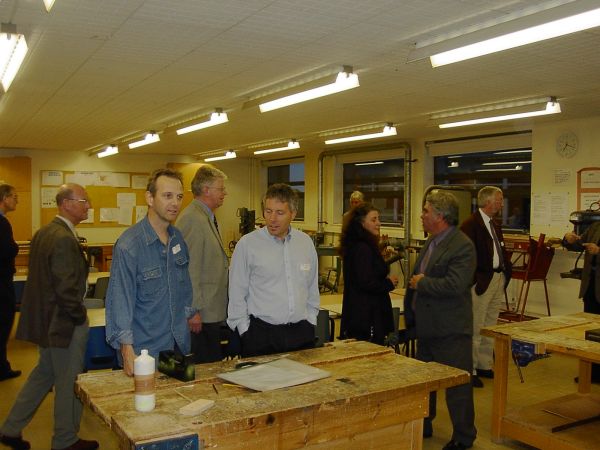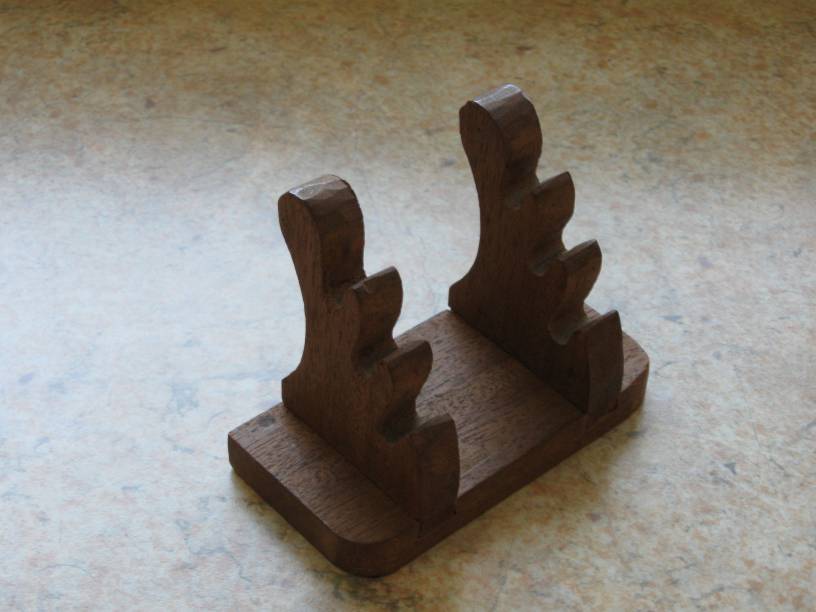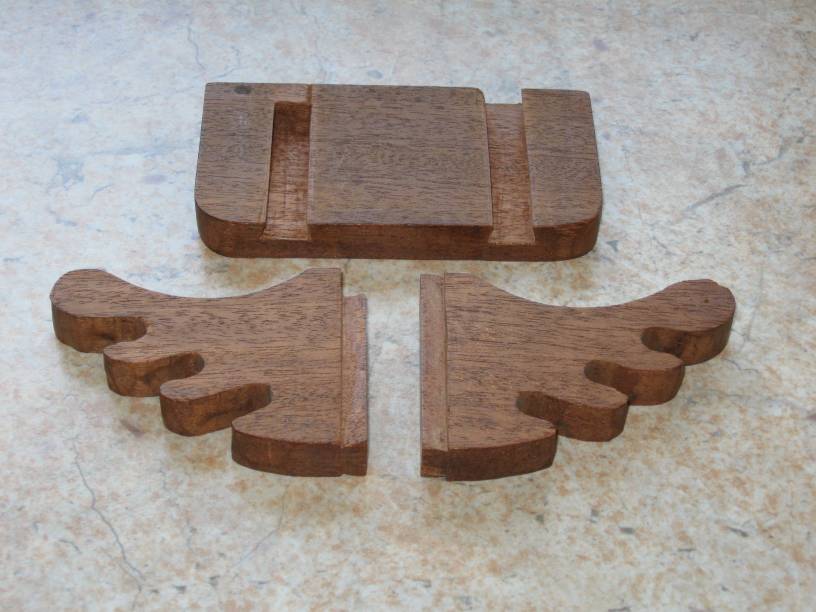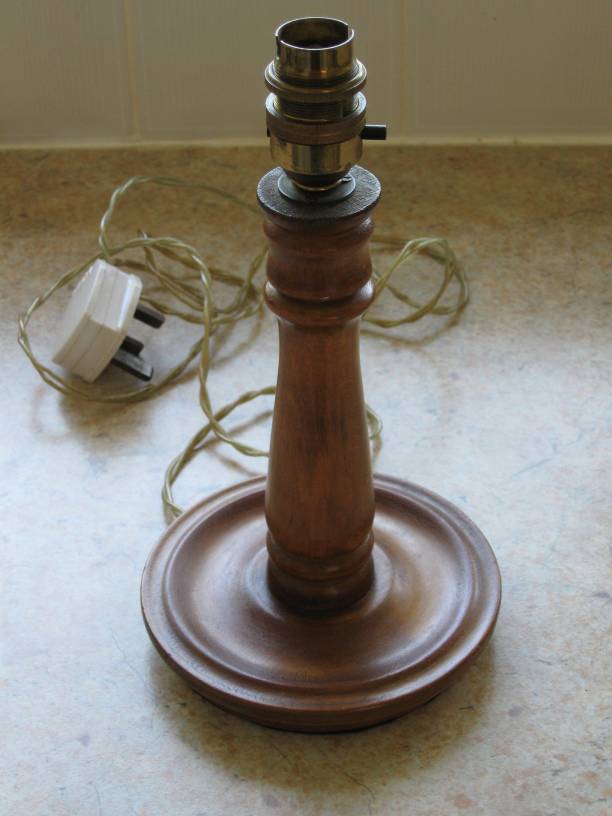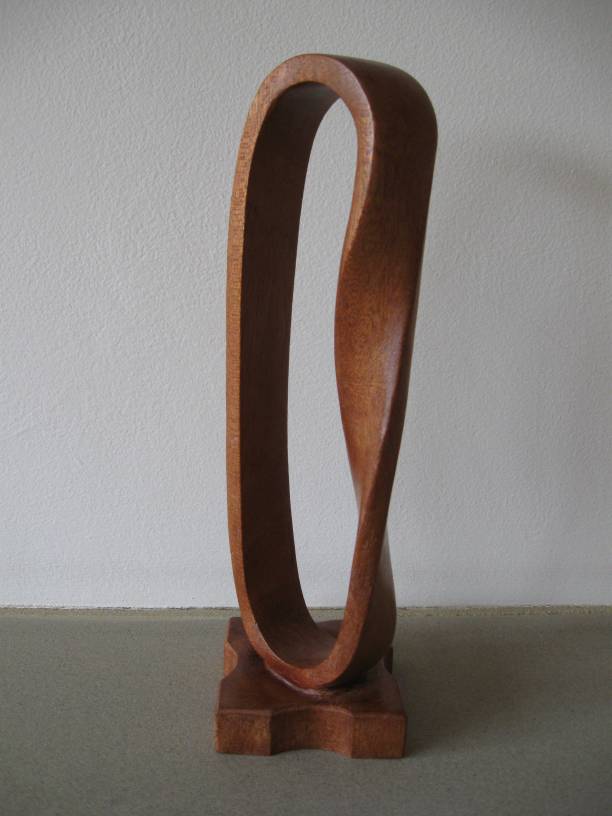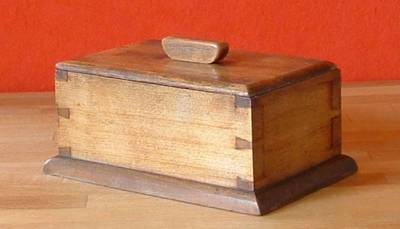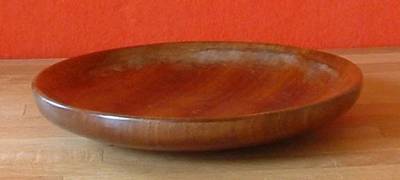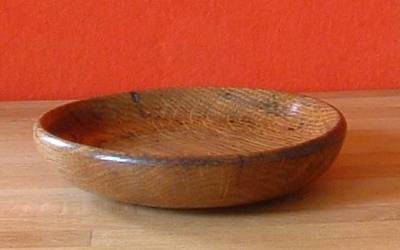|
Chris Horrobin (1959-66) says
"Mr Yates was my Woodwork teacher in the First Year, and then Mr Nixon for the Second/Third Years.
Both were kind, considerate teachers who instilled a love of wood in me. I still have my last formal piece, the hardwood Dovetail Box, that I made in Woodwork in the Third Form in 1962.
The previous set pieces had been a softwood "Mud Remover" and a "Marbles Arch".
The box has dovetail joints which surprise me by their delicacy - a feat I would never achieve again.
Mr Yates's rules for hand tools are still ingrained in me:
1. carry a chisel by your side, edge down and with two straight fingers masking the tip.
2. only put down a saw, or plane, in a wooden bench's central well; the plane on its side.
3. keep your fingers behind the cutting edge.
4. always use controlled power.
At the end of the Summer term the final class was occupied with the ritual of oiling all the chisels to keep them
free from rust during the long holiday."
|
